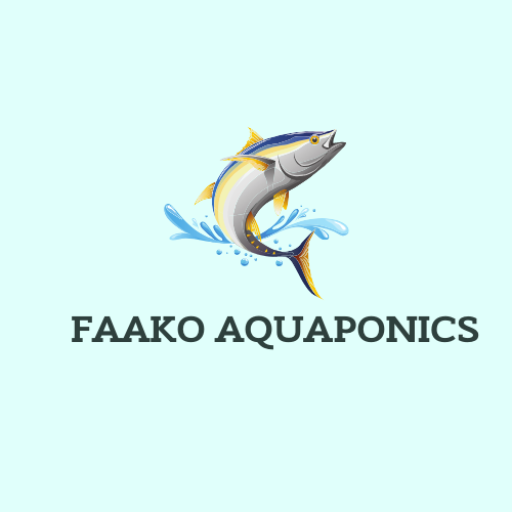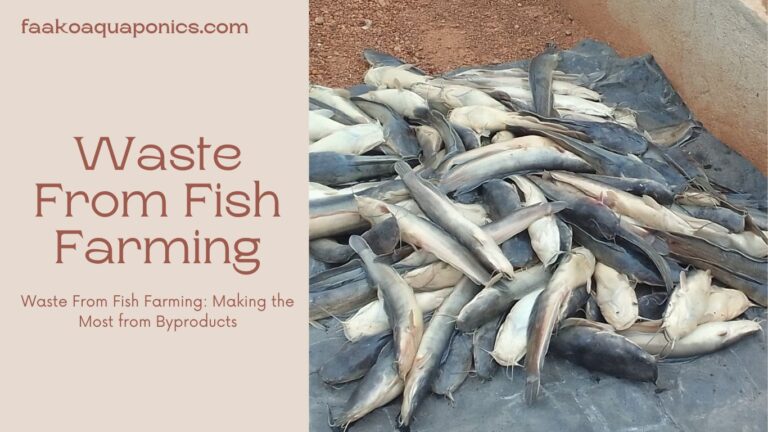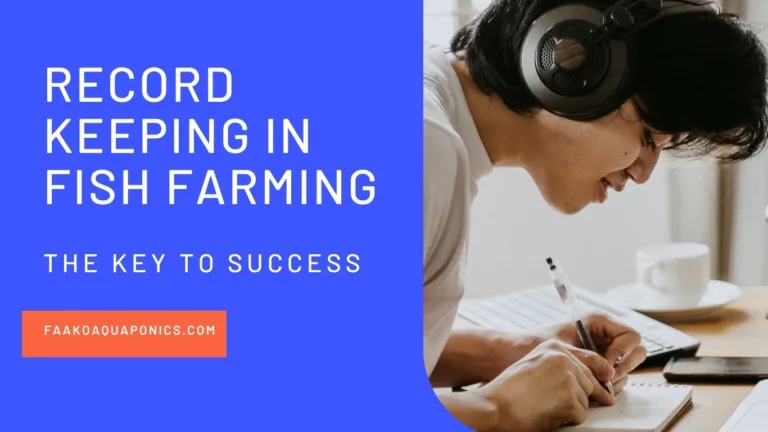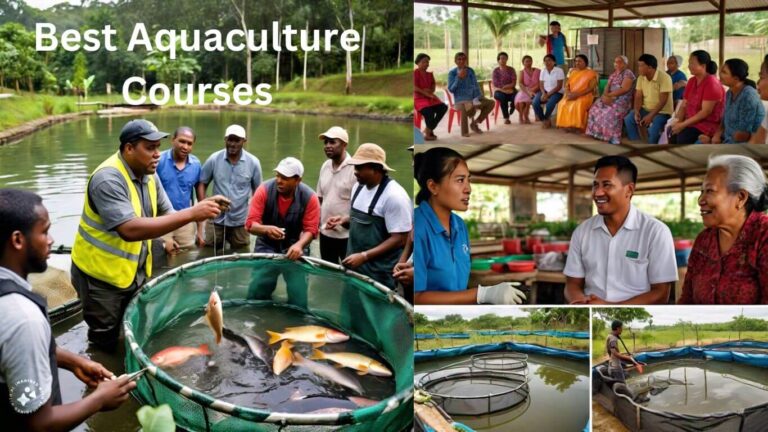Waste from Fish farming is a concern always raised by environmentalists because fish farming activities produce a lot of agricultural waste.
Fish farming, also known as aquaculture, has become a vital component of the global food industry. As the demand for seafood rises, so does the production of farmed fish. However, along with this growth comes a significant amount of waste generated by the industry.
While waste from fish farming management has been a concern, recent innovations and strategies are turning these byproducts into valuable resources.
Let’s explore some of the best ways to make good use of the waste from fish farming.
Understanding Fish Farming Waste
Fish farming involves the cultivation of fish in controlled environments such as tanks, ponds, or ocean enclosures.
While this practice provides a sustainable alternative to wild fishing, it generates various forms of waste. This waste include uneaten feed, feces, and leftover biomass.
Uneaten feed is one of the primary sources of waste in fish farming. Despite efforts to optimize feeding practices, a portion of the feed often goes unconsumed, contributing to environmental pollution.
Fish feces, which is rich in nitrogen and phosphorus, can also accumulate in the water. This leads to eutrophication and harmful algal blooms if not managed properly.
Additionally, when fish are harvested, parts such as heads, bones, and viscera are typically discarded. These leads to the improper management of waste from fish farming.
Challenges and Opportunities
Managing waste from fish farming presents several challenges. Traditional disposal methods, such as landfilling or incineration, can be costly and environmentally damaging.
Moreover, the organic nature of fish farming waste means that it can decompose quickly. Releasing greenhouse gases like methane if not handled correctly.
However, this waste from fish farming also represents untapped potential. Its nutrient-rich composition makes it an ideal candidate for various applications, including agriculture, aquaculture, and even pharmaceuticals.
Finding innovative ways to utilize these byproducts can not only reduce environmental impact but also create new economic opportunities.
Turning Waste into Resources
One of the most promising approaches to managing waste from fish farming is through recycling and upcycling.
Several methods are being employed to extract value from these byproducts:
1. Fish Meal and Oil Production
Traditionally, fish waste has been processed into fish meal and fish oil. These are valuable ingredients in animal feed and aquaculture. By utilizing the protein and lipid content of fish byproducts. This process helps reduce the industry’s reliance on wild-caught fish for feed.
The fish meal and oil are added to other ingredients to produce fish feed again. Such ingredients as maize grain, rice brand, soya beans and others. These are combined with fish meal to produce animals feed including fish feed. Such fish meal is also extracted from fish.
Some farmers even use dead fish’s flesh to feed their chicken or fish again. The dangerous thing about this method is that, if the fish is killed by disease, the disease can be transferred to the other ones therefore causing mortality. So this method should avoided.
2. Biogas Production
Anaerobic digestion can convert organic waste into biogas, a renewable energy source consisting mainly of methane and carbon dioxide.
By capturing methane from fish farming waste, farms can generate electricity and heat, reducing their carbon footprint.
3. Composting and Fertilizer
Fish waste can be composted to create nutrient-rich fertilizer for agricultural purposes. When properly processed, it can improve soil fertility and structure, promoting plant growth and reducing the need for synthetic fertilizers.
Waste from fish farming such as dead fish or fish remains can be buried in the soil close to plants to compost and serve as fertilizer. This even make such crop production organic which is healthy for consumption.
Also, fish feces and leftover feed which are dissolved in the water is very nutritional and nitrogen rich for plants. That is why most fish farmers have plantation in their farms and always water it with such nutrient rich water. When changing water in fish ponds, most fish farmers release the water into the plantation or backyard gardening. The waste serves as a fertilizer for their plants.
4. Nutrient Recovery
Technologies such as nutrient recovery systems can capture and recycle nutrients from fish farming effluent. These recovered nutrients can then be used to fertilize crops or sustainably cultivate algae for various applications, including biofuel production.
5. Value-Added Products
Innovations in food technology have led to the development of value-added products derived from fish byproducts. These include fish collagen for cosmetics and pharmaceuticals, fish gelatin for food applications, and even fish leather for fashion.
6. Aquaponics
Waste from fish farming can also be used to grow plants or crops in a soilless system. In this system, the liquid waste from the fish farm that consists of uneaten fish fish, fish feces which are dissolved and now poisonous to the fish is use as a fertilizer. This liquid will go through the root of the plants for the plants to absorb the nitrogen and other nutrients for its growth. The roots again will then filter the liquid and the system returns it to the fish pond but now clean for the fish.
This system serves a dual purpose and you are able to kill two birds with one stone.
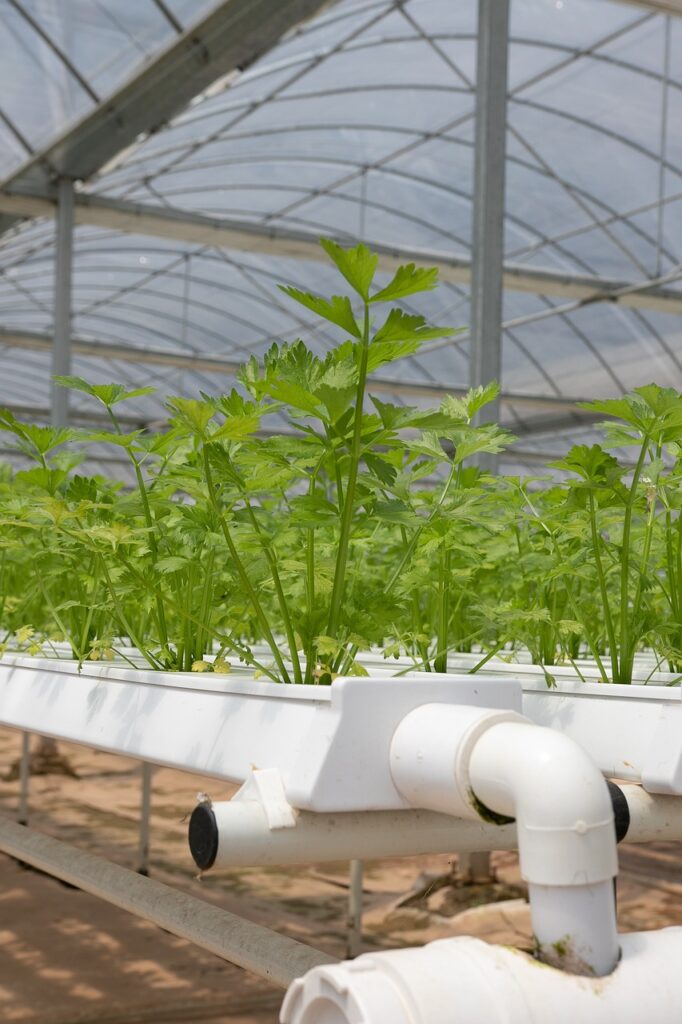
aquaponics setup
The Role of Circular Economy
The concept of the circular economy, which aims to minimize waste and maximize resource efficiency, is increasingly relevant to the fish farming industry.
By adopting circular practices, such as closed-loop aquaculture systems and integrated waste management strategies, farms can reduce their environmental impact while creating value from waste streams.
Closed-loop aquaculture systems, such as Recirculating Aquaculture Systems (RAS), aim to minimize water usage and waste production by continuously filtering and recirculating water within the system.
By incorporating technologies like biofilters and denitrification units, these systems can effectively remove pollutants from the water, reducing the need for freshwater inputs and minimizing waste discharge.
Integrated waste from fish farming management involves treating fish farming waste as a valuable resource rather than a burden.
By implementing on-site processing facilities and partnerships with other industries, farms can maximize the utilization of fish byproducts and minimize environmental impact.
For example, establishing symbiotic relationships with agriculture can enable the exchange of nutrients and organic matter, creating a closed-loop system where waste from one industry becomes a resource for another.
Regulatory and Economic Considerations
While the potential benefits of waste utilization in fish farming are clear, there are also regulatory and economic considerations to address.
Regulatory frameworks governing waste management and resource utilization vary by region and may require farms to comply with specific standards and guidelines.
Additionally, the economic viability of waste utilization depends on factors such as market demand, technological feasibility, and investment costs.
While some waste valorization methods, such as fish meal production, have well-established markets, others may require further research and development to become economically competitive.
Conclusion
Waste from fish farming presents both challenges and opportunities for the industry.
By adopting innovative technologies and circular economy principles, farms can minimize environmental impact, reduce reliance on finite resources, and create new revenue streams from fish byproducts. However, achieving these goals will require collaboration among stakeholders, investment in research and infrastructure, and continued commitment to sustainability.
As the demand for seafood continues to grow, the efficient management of waste from fish farming will be essential to ensure the long-term viability of the industry.
By making the best from fish byproducts, fish farmers can contribute to a more sustainable and resilient food system for the future.
